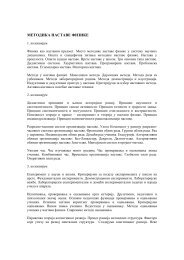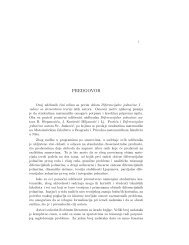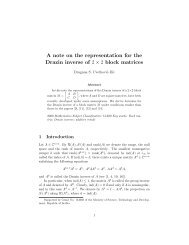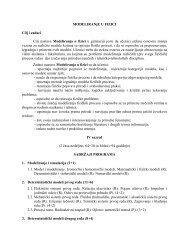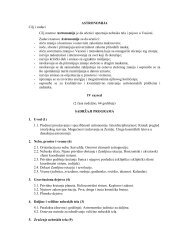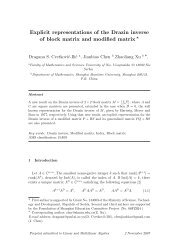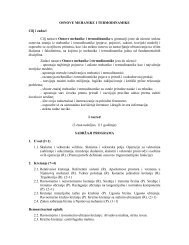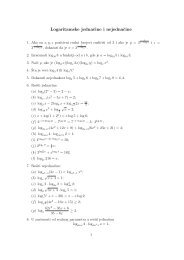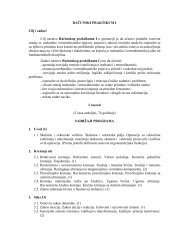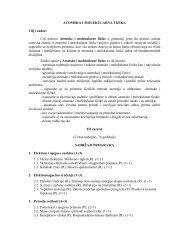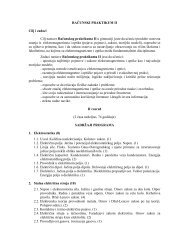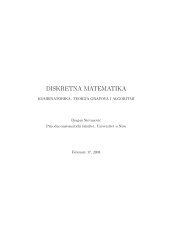The Hankel Transform of the Sum of Consecutive Generalized ...
The Hankel Transform of the Sum of Consecutive Generalized ...
The Hankel Transform of the Sum of Consecutive Generalized ...
You also want an ePaper? Increase the reach of your titles
YUMPU automatically turns print PDFs into web optimized ePapers that Google loves.
2with∑n−k( )( )k n − kT (n, k; L) =L j . (4)j jj=0Herea 0 = L + 1. (5)Example 1.1. Let L = 1. Vandermonde’s convolution identity implies that( n=k)∑ ( )( )k n − k.j jjHence we haveT (2n, n; 1) =wherefrom we get Catalan numbers( ) 2nc(n) = −nanda n = c(n) + c(n + 1) =( )( )2n 2n, T (2n, n − 1; 1) = ,n n − 1( ) 2n= 1 ) 2nn − 1 n + 1(n(2n)!(5n + 4)n!(n + 2)!(n = 0, 1, 2, . . .).In <strong>the</strong> paper [?] <strong>the</strong> authors have proved that <strong>the</strong> <strong>Hankel</strong> transform <strong>of</strong> a n equalssequence <strong>of</strong> Fibonacci numbers with odd indices1h n = F 2n+1 = √{( √ 5 + 1)(3 + √ 5) n + ( √ 5 − 1)(3 − √ }5) n .5 2n+1Example 1.2. For L = 2 we get like a n (2) <strong>the</strong> next numbersand <strong>the</strong> <strong>Hankel</strong> transform h n :One <strong>of</strong> us, P. Barry conjectured thath n (2) = 2 n2 −n2 −23, 8, 28, 112, 484, . . . ,3, 20, 272, 7424, 405504, . . . .{(2 + √ 2) n+1 + (2 − √ 2) n+1 }.In general, he made <strong>the</strong> conjecture, which we will prove through this paper.<strong>The</strong>orem 1.1. (<strong>The</strong> main result) For <strong>the</strong> generalized Pascal triangle associatedto <strong>the</strong> sequence n ↦→ L n , <strong>the</strong> <strong>Hankel</strong> transform <strong>of</strong> <strong>the</strong> sequencec(n; L) + c(n + 1; L)



